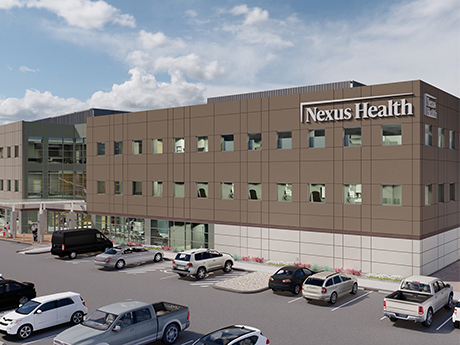— By John Ransom, Senior Vice President and Principal, Colliers —
Albuquerque MSA office users continue to closely evaluate real estate decisions post-pandemic. The leasing trend is pivoting toward quality properties with landlords upgrading their building systems, security and amenity offerings. Tenant improvement costs are central to lease negotiations, so matching a tenant with space that requires the least amount of renovations to meet their needs is critical for both the tenant and the landlord to make a deal.
In any event, tenants often have to share in the TI costs with upfront capital or amortizing a portion of the construction expense into the rental rate. This leads to longer lease terms and additional lease securitization requirements. Beneficial occupancy and other creative incentives are also being offered by landlords in lieu of additional tenant improvement dollars.
Companies looking to downsize are considering a trade up in building/space quality. The upgrade has little impact to overall real estate expense, while improving the working conditions for their employees and ability to recruit in a competitive hiring climate.
The office vacancy rate has steadily decreased to about 12 percent from a high of 20 percent five years ago. The bulk of vacancies are in Class C properties. The average asking lease rates for A- and B-class offices have increased by about 5 percent from fourth-quarter 2022 to $22 per square foot (full-service). Class A properties are signing leases in the mid- to high $20 per square foot.
Rental rates and annual escalations are expected to continue to increase as operating expenses and tenant improvement costs dictate. The scarcity of available Class A space still has not produced plans for any speculative office development. A significant trend in Albuquerque’s office sector has been from vacant contact center properties being repurposed as schools, churches or office/flex facilities.
After a record number of office properties traded over the past three years, higher interest rates, inflation concerns and the recent banking disruptions have weighed heavily when obtaining satisfactory financing. The next couple of quarters are not expected to improve the velocity of sales in the commercial real estate industry. Owners of mostly vacant Class C office buildings are having to take this time to evaluate their options. Residential conversions are gaining traction due to the demand for housing and the increasing number of state and local government incentives to meet the demand.


